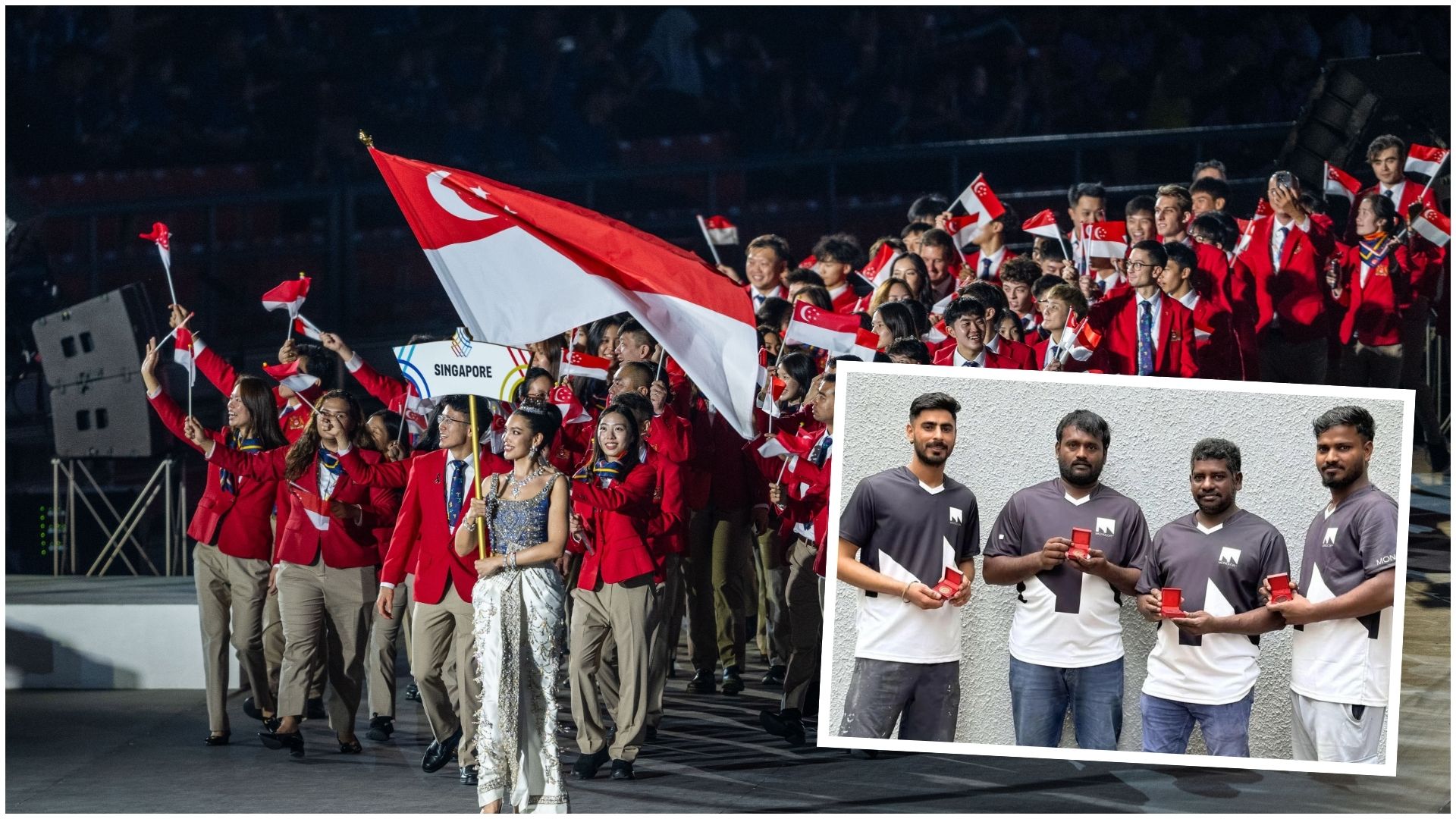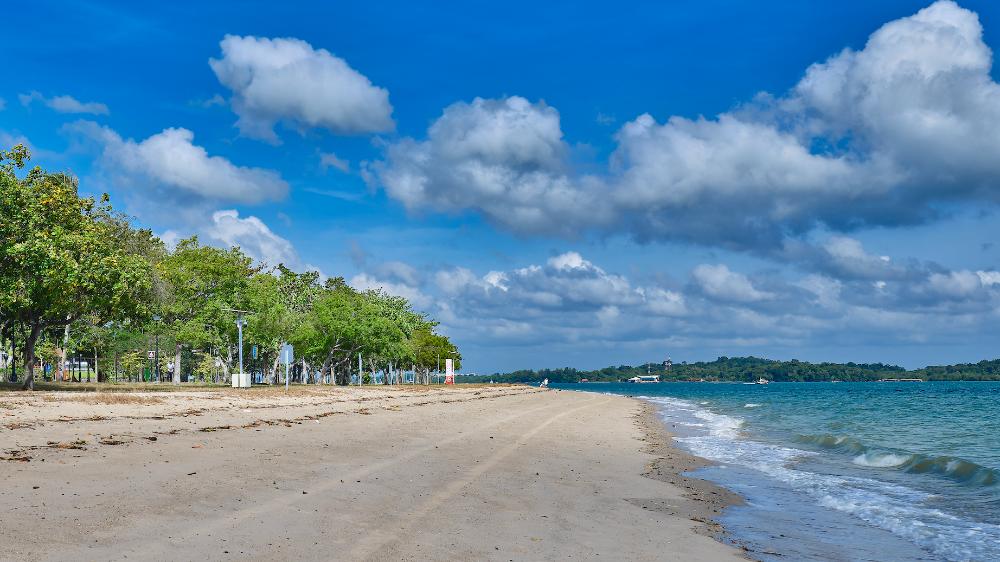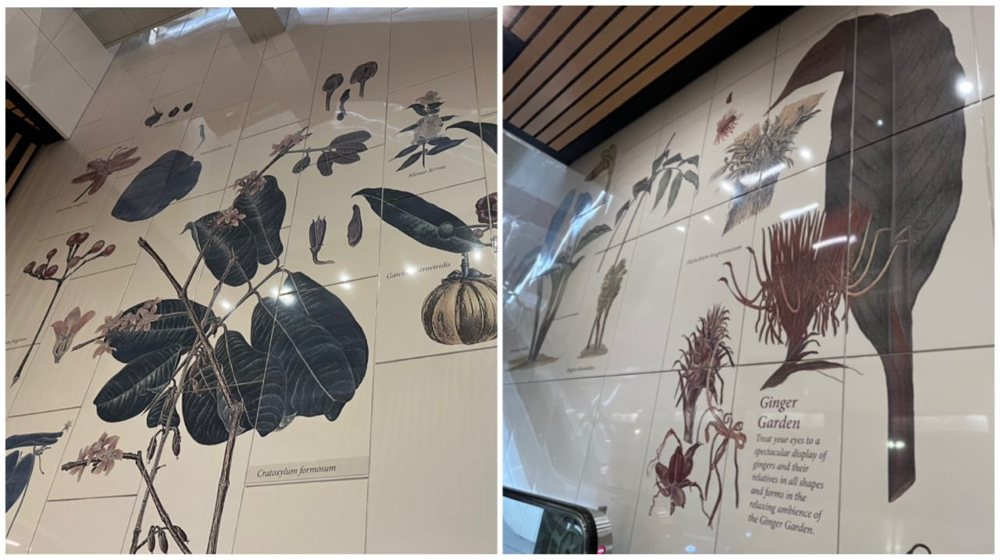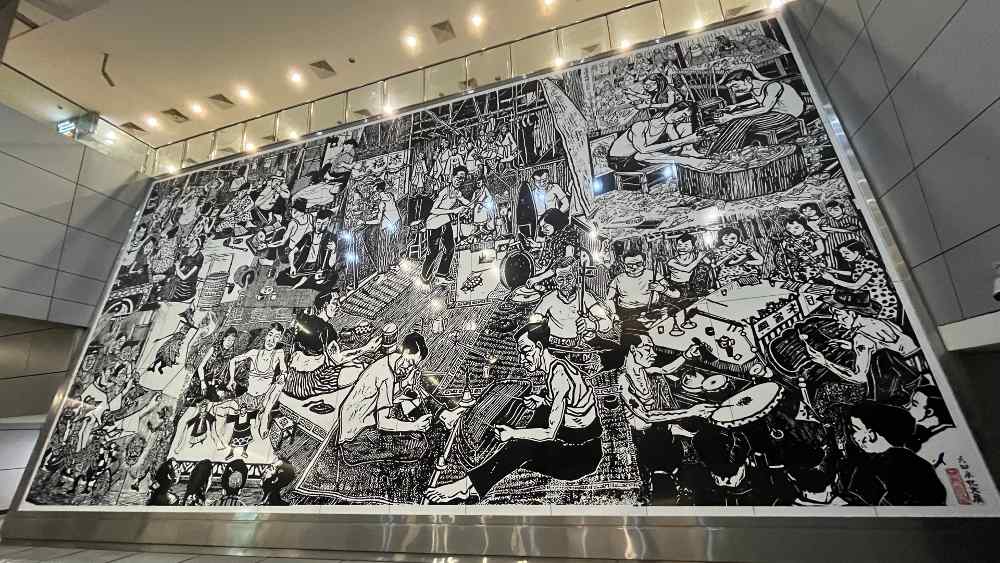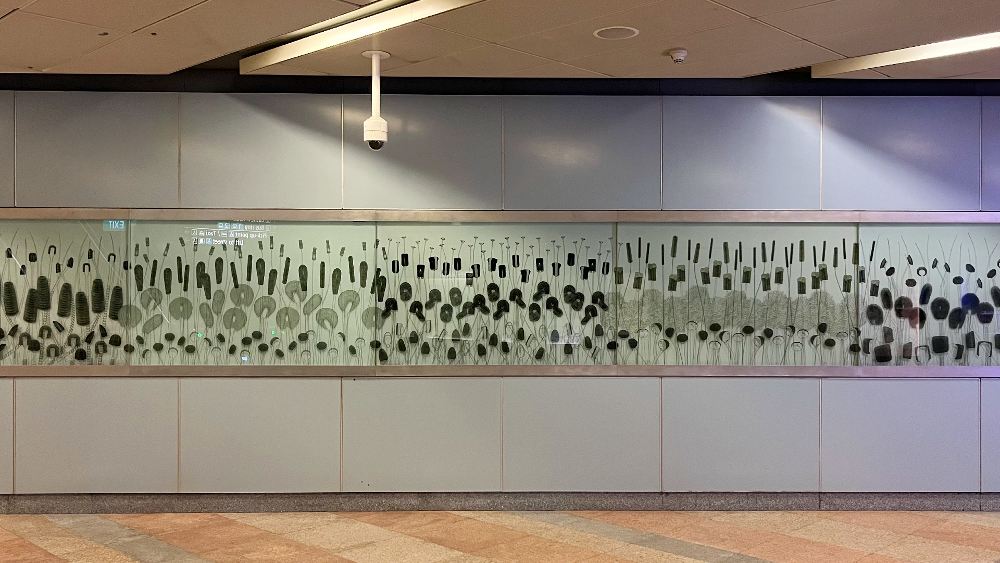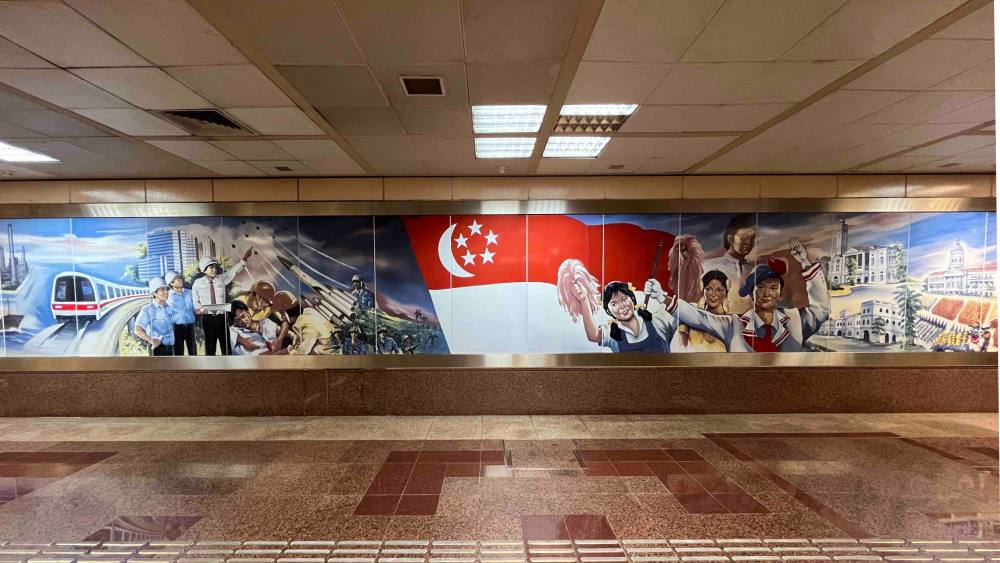Adventures At Home: Checking Out The Changi Heritage Trail
Nobody knows for sure where the name "Changi" came from. Some believe it was derived from the Chengai, a tall tree that used to grow in the area. Changi was also known by other names: Tanjong Rusa (Malay for "cape of the deer"), and Franklin Point (after Captain Franklin, one of the early surveyors in Singapore during the 1820s-1830s).
Although most people nowadays would associate Changi with lepak coastal vibes, shiok makan, and our celebrated Changi Airport, it is also an area with a rich, and, at some points, dark past.
Here are some interesting facts about Changi you might not have known:
- During Singapore's colonial era, Changi was often referred to as "Singapore's Lido", drawing parallels to Italy's famed Lido di Venezia due to its refreshing air and lush forest surroundings.
- Before Sir Stamford Raffles arrived in 1819, Changi had already been a point of contestation between other colonial powers (i.e. the Dutch and Portuguese) during the 17th century.
- Heard of the famous Charlie's Corner located in Changi Village Hawker Centre? The owner, Charlie Han, is the grandson of Changi Milk Bar's co-founder, a beloved Western restaurant and bar in Changi Village that was a regular haunt of military personnel from the nearby Royal Air Force (RAF) Changi military air base during the 1940s.
- It's no coincidence that there's an abundance of holiday bungalows and chalets in the area. By 1845, a bungalow named "Changhee Hut" was erected in Changi, followed by many more other chalets over the years. The oldest building still standing is the CSC@Changi clubhouse, built before the 1920s.
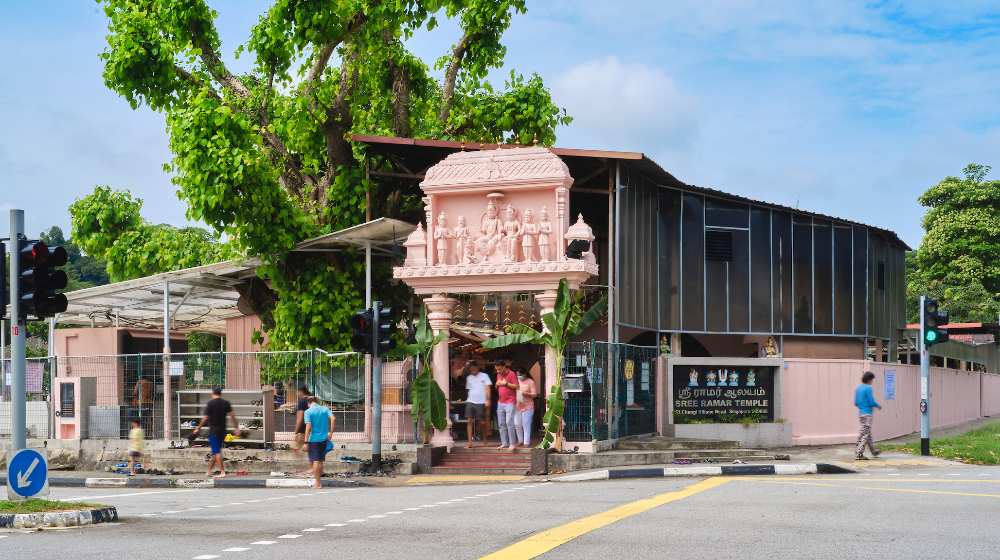 SREE RAMAR TEMPLE. | IMAGE: NATIONAL HERITAGE BOARD
SREE RAMAR TEMPLE. | IMAGE: NATIONAL HERITAGE BOARD
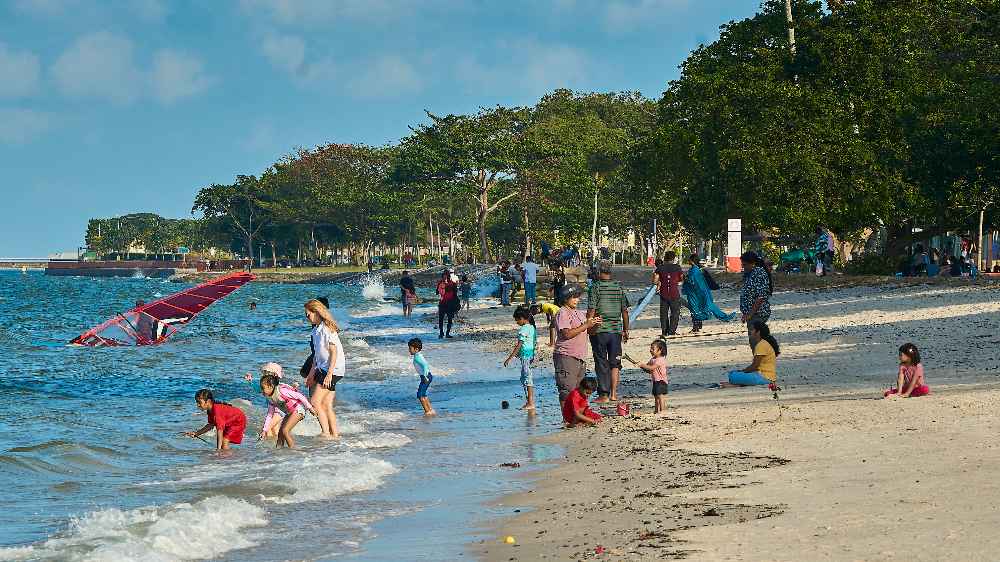 CHANGI BEACH. | IMAGE: NATIONAL HERITAGE BOARD
CHANGI BEACH. | IMAGE: NATIONAL HERITAGE BOARD
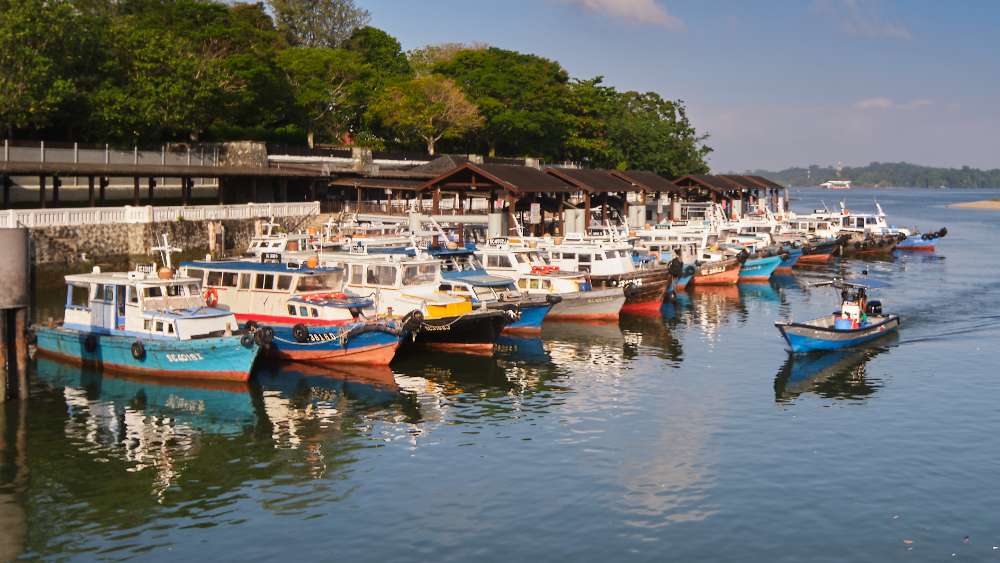 CHANGI FERRY POINT TERMINAL. | IMAGE: NATIONAL HERITAGE BOARD
CHANGI FERRY POINT TERMINAL. | IMAGE: NATIONAL HERITAGE BOARD
Thanks to the National Heritage Board's Changi Heritage Trail, we have the chance to revisit the narratives and monuments that shaped Changi's fascinating, yet, at times, gloomy history.
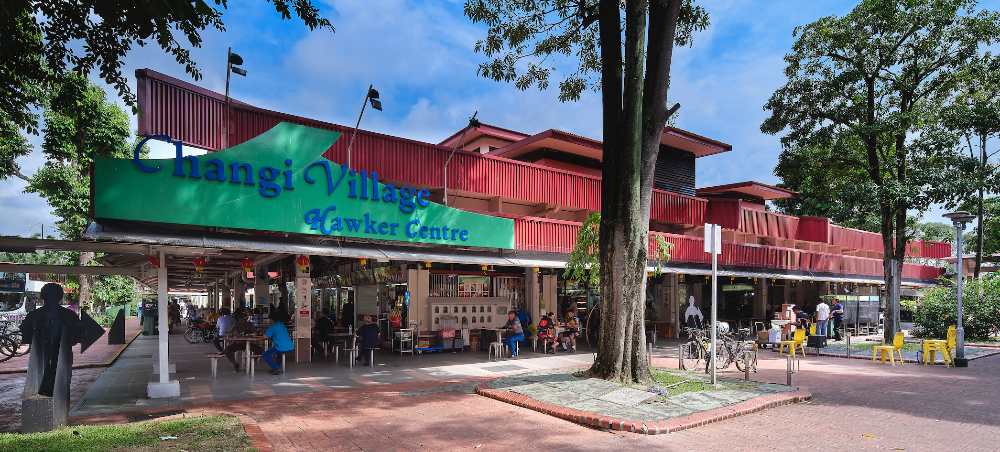 CHANGI VILLAGE HAWKER CENTRE. | IMAGE: NATIONAL HERITAGE BOARD
CHANGI VILLAGE HAWKER CENTRE. | IMAGE: NATIONAL HERITAGE BOARD
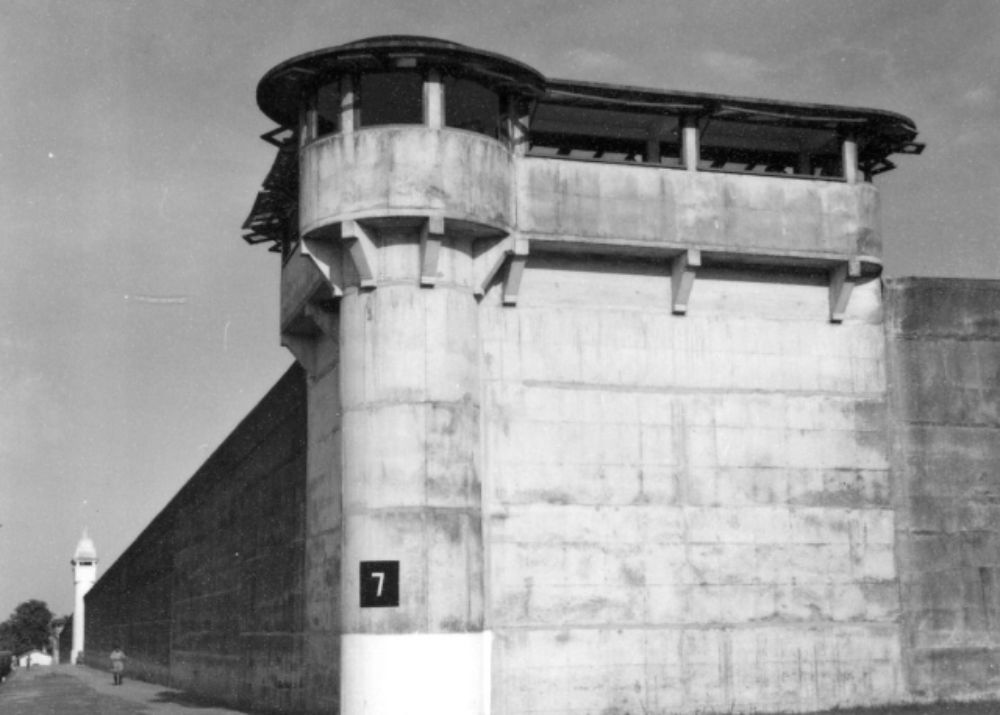 CHANGI PRISON TOWER circa 1950. | IMAGE: NATIONAL ARCHIVES OF SINGAPORE
CHANGI PRISON TOWER circa 1950. | IMAGE: NATIONAL ARCHIVES OF SINGAPORE
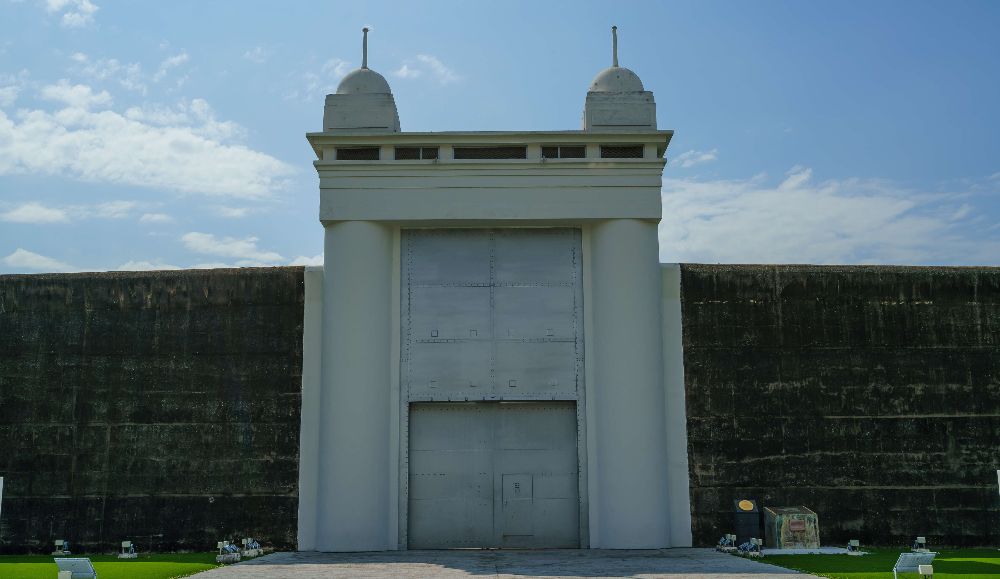 CHANGI PRISON TODAY. | IMAGE: NATIONAL HERITAGE BOARD
CHANGI PRISON TODAY. | IMAGE: NATIONAL HERITAGE BOARD
Along Upper Changi Road North, you'll encounter an information board outside Changi Prison, the final penal establishment erected by the colonial administration. Established in 1936 to address the overcrowding issues at Pearl’s Hill Prison and Outram Prison, this facility also housed Western civilians and prisoners of war during the Japanese Occupation (1942-1945).
The prison was redeveloped in the 1970s and 1980s. Portions of the original prison wall, entrance gate, and two turrets were later conserved and designated as a National Monument in 2016.
Take note that Changi Prison is a restricted area that is closed to the public. You can only visit the information board located along Upper Changi Road North.
Your Insta-walk checklist here
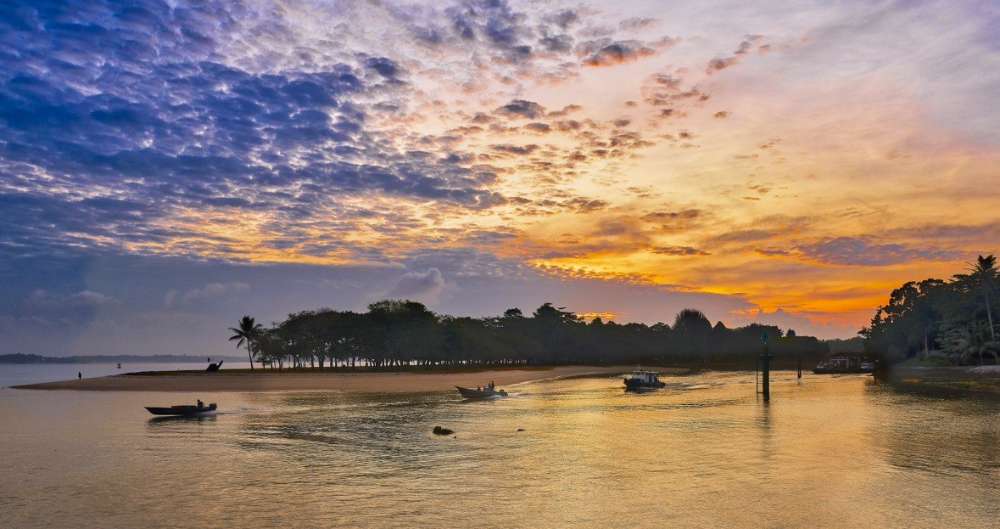 IMAGE: NATIONAL HERITAGE BOARD
IMAGE: NATIONAL HERITAGE BOARD
Changi Beach
From Changi Village, you can traverse Sungei Changi to access scenic Changi Beach, a popular picnic and paktor spot.
However, did you know that Changi Beach was one of the locations where the Japanese military perpetrated the Sook Ching massacre during the Japanese Occupation? You can find out more via the information boards at Changi Beach; they provide further insights into the tragic event.
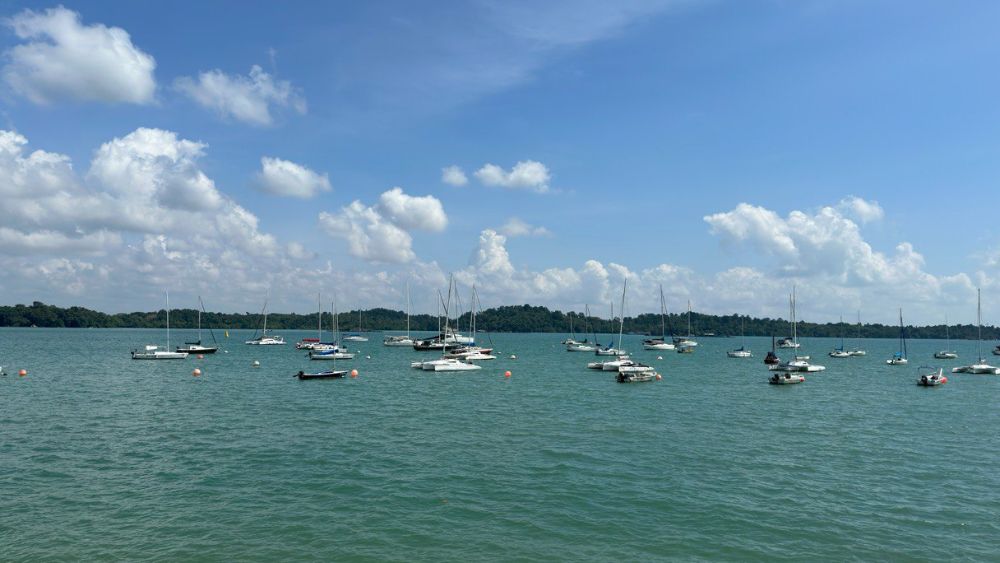 The view from Changi Point Boardwalk. | IMAGE: NG KAI
The view from Changi Point Boardwalk. | IMAGE: NG KAI
Changi Sailing Club
Upon reaching Changi Point Boardwalk, you'll spot dozens of yachts and boats in various sizes bobbing up and down in the water. These vessels actually belong to the Changi Sailing Club, founded in 1936 by soldiers of Changi Cantonment, and which later became the Royal Air Force (RAF) Changi. The club was initially formed as a sporting and social club, and functions as a private members' club today.
Unfortunately, if you're thinking of renting one, boat charters are only available to members ⛵
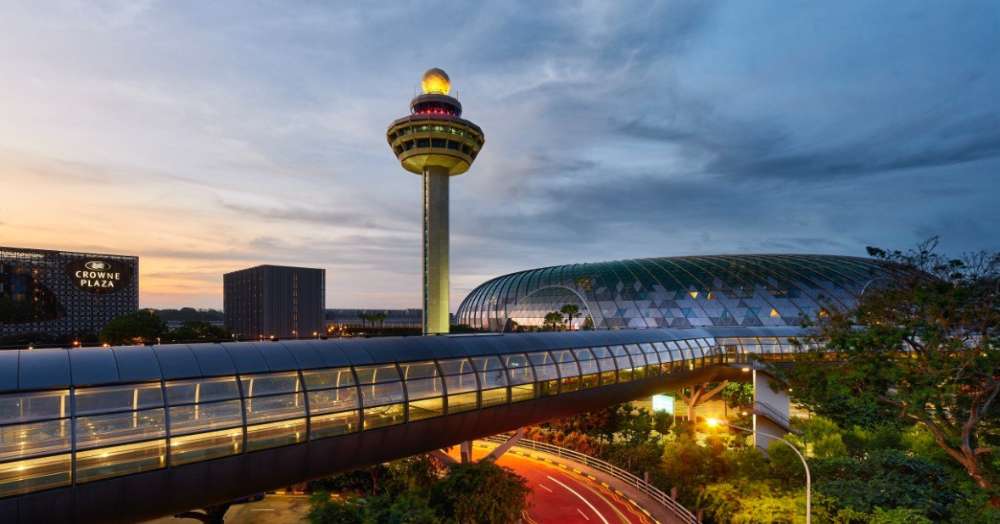 IMAGE: NATIONAL HERITAGE BOARD
IMAGE: NATIONAL HERITAGE BOARD
Changi Airport
ICYDK, our acclaimed Changi Airport was named the World's Best Airport in 2023 (for the 12th time, #Majulah🇸🇬). Established in 1981, the airport is still undergoing continuous expansion, with Terminal 5 and a third runway set for completion in the 2030s.
As a location that never sleeps, it goes without saying that you can find a wide array of dining options here. There are also galleries showcasing the airport's history at the Changi Experience Studio.
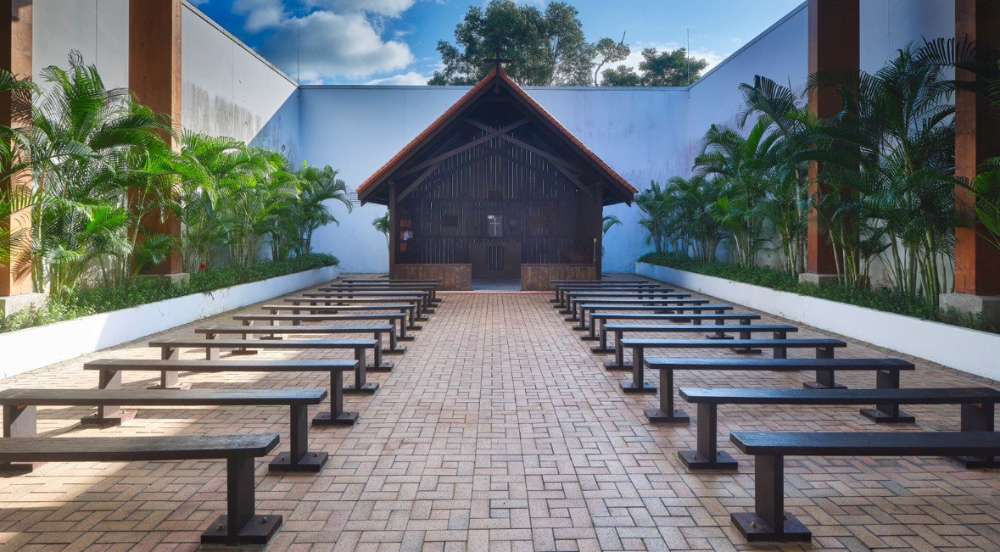 IMAGE: NATIONAL HERITAGE BOARD
IMAGE: NATIONAL HERITAGE BOARD
Changi Chapel and Museum
Constructed on a section of the former Changi Prisoner of War (POW) camp grounds, the museum showcases manifold narratives surrounding the Japanese Occupation and the reflections of POWs. The accounts are presented through personal artefacts, recollections, and recreations of the prominent Changi Murals and Saint George’s Church.
Happening history sia
If you're interested in exploring the rich history of Changi, you can follow NHB's Changi Heritage Trail. There are three suggested routes you can take:
- Bungalows and Beaches, 4km: 1 hour with public transport
- War and Peace, 7.6km: 1.5 hours with public transport
- Gateways and Communities, 12km: 2 hours with public transport
For the latest updates on Wonderwall.sg, be sure to follow us on TikTok, Telegram, Instagram, and Facebook. If you have a story idea for us, email us at



